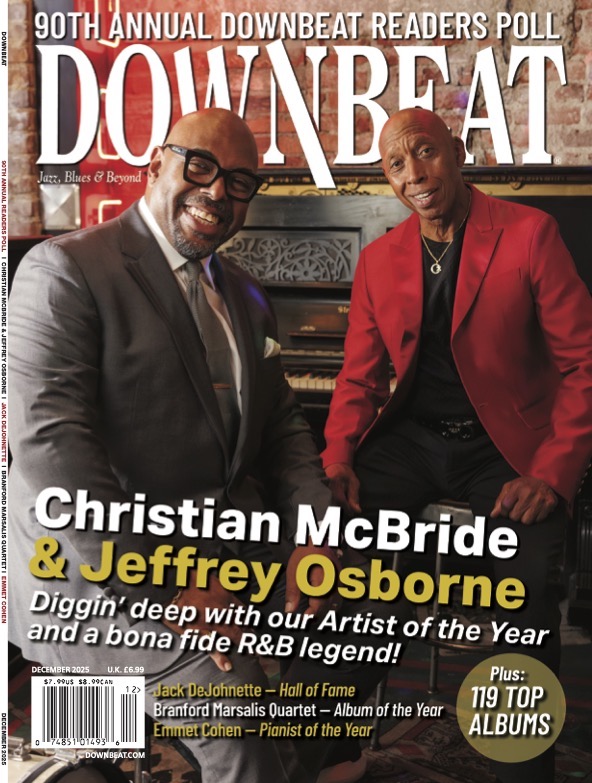Oct 28, 2025 10:47 AM
In Memoriam: Jack DeJohnette, 1942–2025
Jack DeJohnette, a bold and resourceful drummer and NEA Jazz Master who forged a unique vocabulary on the kit over his…
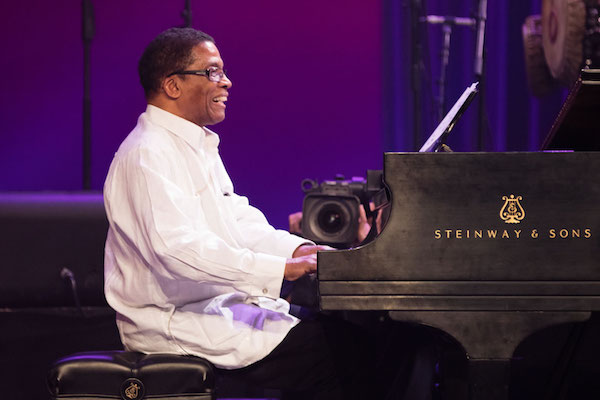
Herbie Hancock, seen here at the 2017 International Jazz Day Global Concert in Havana, Cuba, performed in Atlanta on Oct. 17.
(Photo: jazzday.org/Thelonious Monk Institute of Jazz)At 77, multiple Grammy winner, NEA Jazz Master and musical ambassador Herbie Hancock refuses to become a legacy act. After a long career in music—as both jazz luminary and as a successful “crossover” collaborator with a host of pop artists—Hancock could simply show up for a performance, run though cherished melodies for an hour-and-a-half and move on to the next city.
But on Oct. 17 at Atlanta’s Symphony Hall, during a fundraising performance for local jazz station 91.9 FM–WCLK, Hancock brought an array of keyboards and synthesizers, a drum kit large enough for an arena rock show and a firm determination to create new material from old melodies and chord changes.
His band of bassist James Genus, drummer Vinne Colaiuta and multi-instrumentalist Terrace Martin (who is producing Hancock’s next album) is a cohesive, tight-knit group of musicians who carefully dispatch Hancock’s layered sonic ideas. Each musician excelled during solo turns. Hancock the accompanist knows how to push musicians, casting a wide harmonic net on piano and keyboard, giving soloists enough room to explore. While Genus created breathtaking solos with his limited solo turns, Martin benefited the most from this harmonic benevolence.
On keyboard, alto saxophone and vocals, Martin was by far the busiest of Hancock’s assembled team. On alto, Martin has a bright sound with an edge of grit that’s pointed enough to cut through layers upon layers of electronics. He’s also careful to craft and shape phrases even in the midst of loud, rock-fueled musical passages. During some solos, he would play as if biting off small chunks of notes, chewing on the ideas and slowly expanding his phrases, staying with these concepts until he was suddenly leaping up to the top of his range in a blur of multiphonics and high-velocity runs.
The quartet performed a handful of tunes—“Chameleon,” “Cantaloupe Island,” “Actual Proof” among them—throughout the night, but the actual melodies, and sometimes even the songs’ structures, didn’t seem that important to Hancock. The night was all about creating different musical textures, switching between keyboard to piano to keytar in the same tune to present different feelings. As he stacked these layers, Hancock worked as a painter, saturating the landscape of each song with kaleidoscopic colors.
The foundational components of these tunes are the same, and the warm light of nostalgia shone through in the majority of these works. But sonically, each tune seemed an of-the-moment creation, regardless of the song title. This reliance on creating something new each night from old tunes makes sense upon viewing the uniform, unwavering set lists for previous concerts on the same tour.
“Come Running To Me” shed its disco-lite vibes and, through heavily processed vocals, Hancock and Martin wove robotic-sounding harmonies that bent and wiggled like the notes on Hancock’s keyboards. While an entire evening of processed vocals would certainly have been grating, the brief introduction to a new interpretation of Hancock’s music worked well.
Hancock in as an avuncular septuagenarian on stage, regaling the audience with jokes and small talk the way a distant older relative might engage in Thanksgiving-table conversation. This endearing stage presence humanizes the oft-lionized Hancock, adding yet another dimension to his legacy.
Tuesday proved that Hancock has continued to hear and see his musical oeuvre in new ways. His music is much more than just playing classic jazz standards on electronics, adding in new musical elements just because he can. With every note, Hancock is finding ways to make his musical history live and breathe. DB
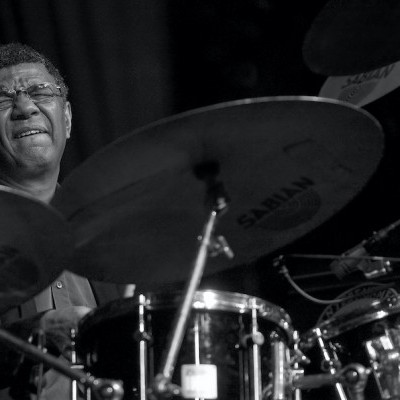
Jack DeJohnette boasted a musical resume that was as long as it was fearsome.
Oct 28, 2025 10:47 AM
Jack DeJohnette, a bold and resourceful drummer and NEA Jazz Master who forged a unique vocabulary on the kit over his…
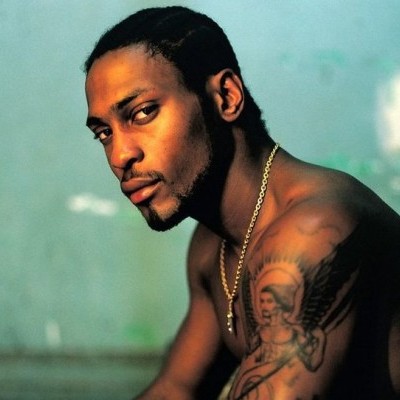
D’Angelo achieved commercial and critical success experimenting with a fusion of jazz, funk, soul, R&B and hip-hop.
Oct 14, 2025 1:47 PM
D’Angelo, a Grammy-winning R&B and neo-soul singer, guitarist and pianist who exerted a profound influence on 21st…
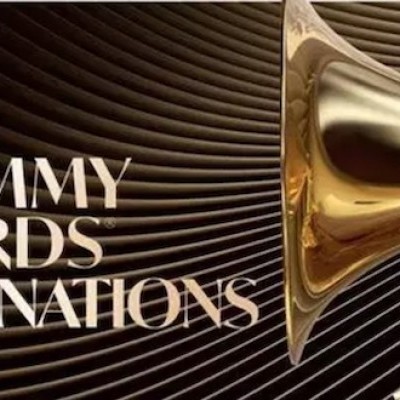
To see the complete list of nominations for the 2026 Grammy Awards, go to grammy.com.
Nov 11, 2025 12:35 PM
The nominations for the 2026 Grammy Awards are in, with plenty to smile about for the worlds of jazz, blues and beyond.…
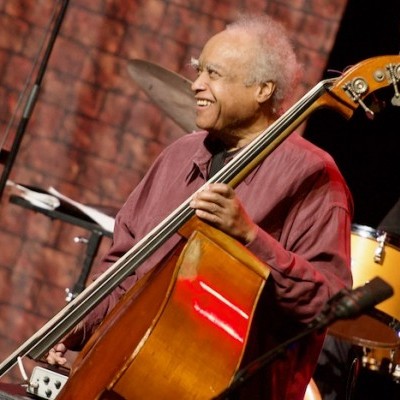
Drummond was cherished by generations of mainstream jazz listeners and bandleaders for his authoritative tonal presence, a defining quality of his style most apparent when he played his instrument unamplified.
Nov 4, 2025 11:39 AM
Ray Drummond, a first-call bassist who appeared on hundreds of albums as a sideman for some of the top names in jazz…
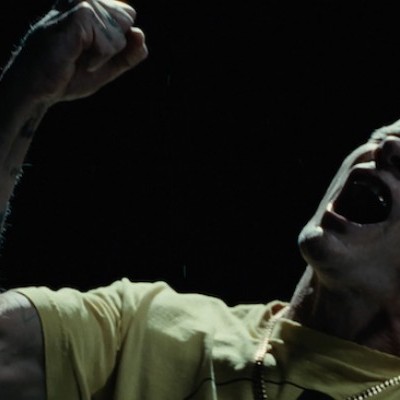
Flea has returned to his first instrument — the trumpet — and assembled a dream band of jazz musicians to record a new album.
Dec 2, 2025 2:01 AM
After a nearly five-decade career as one of his generation’s defining rock bassists, Flea has returned to his first…

